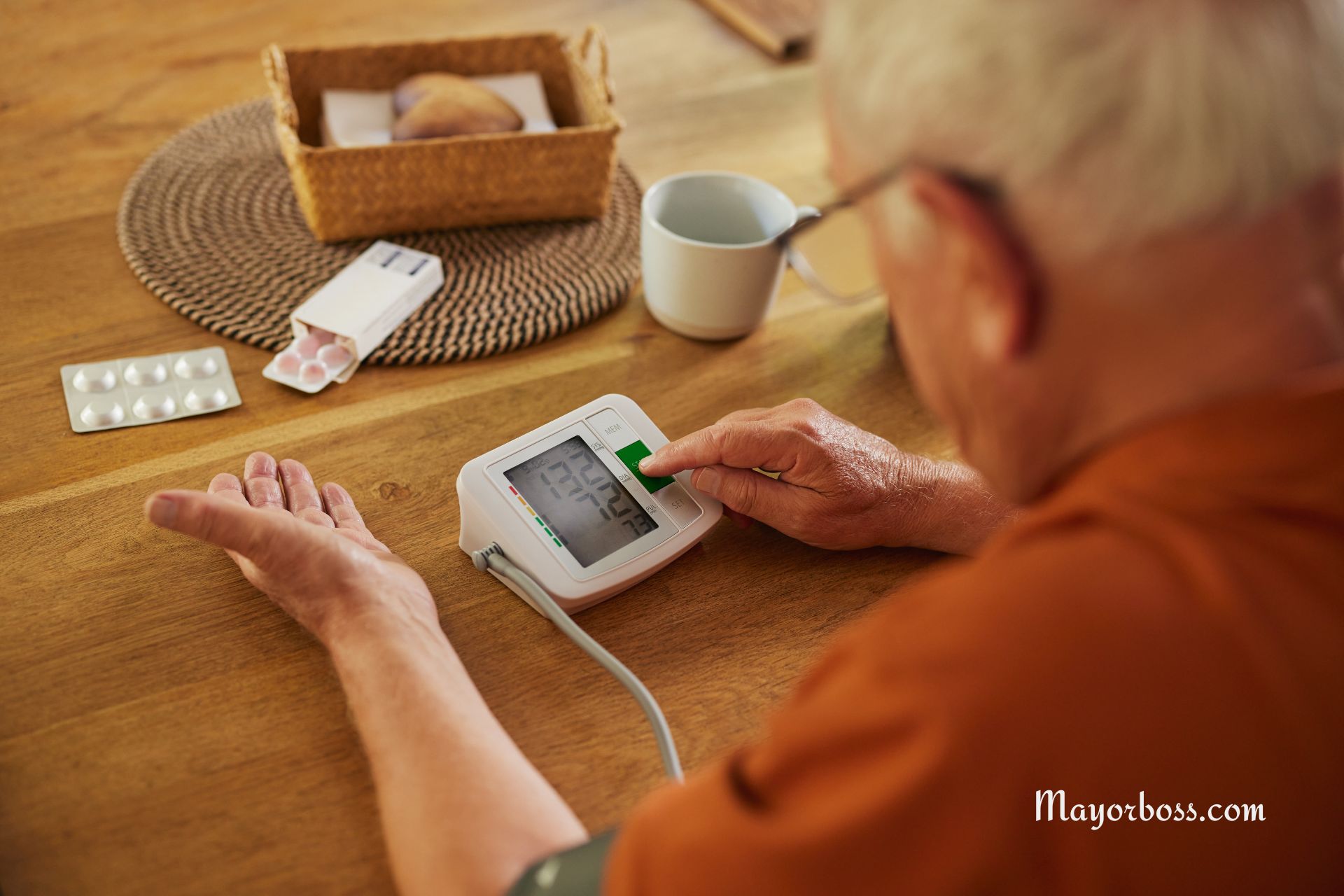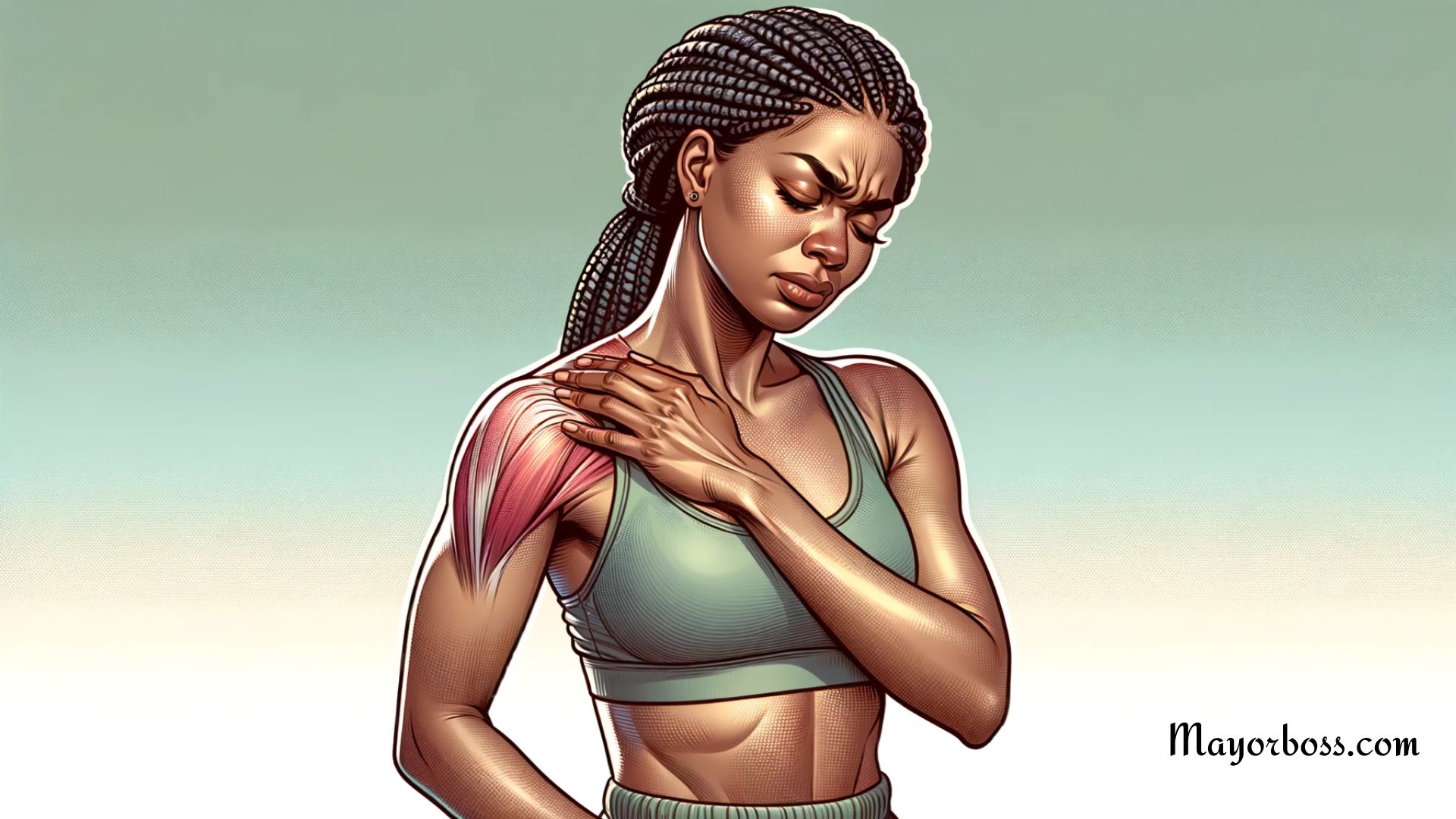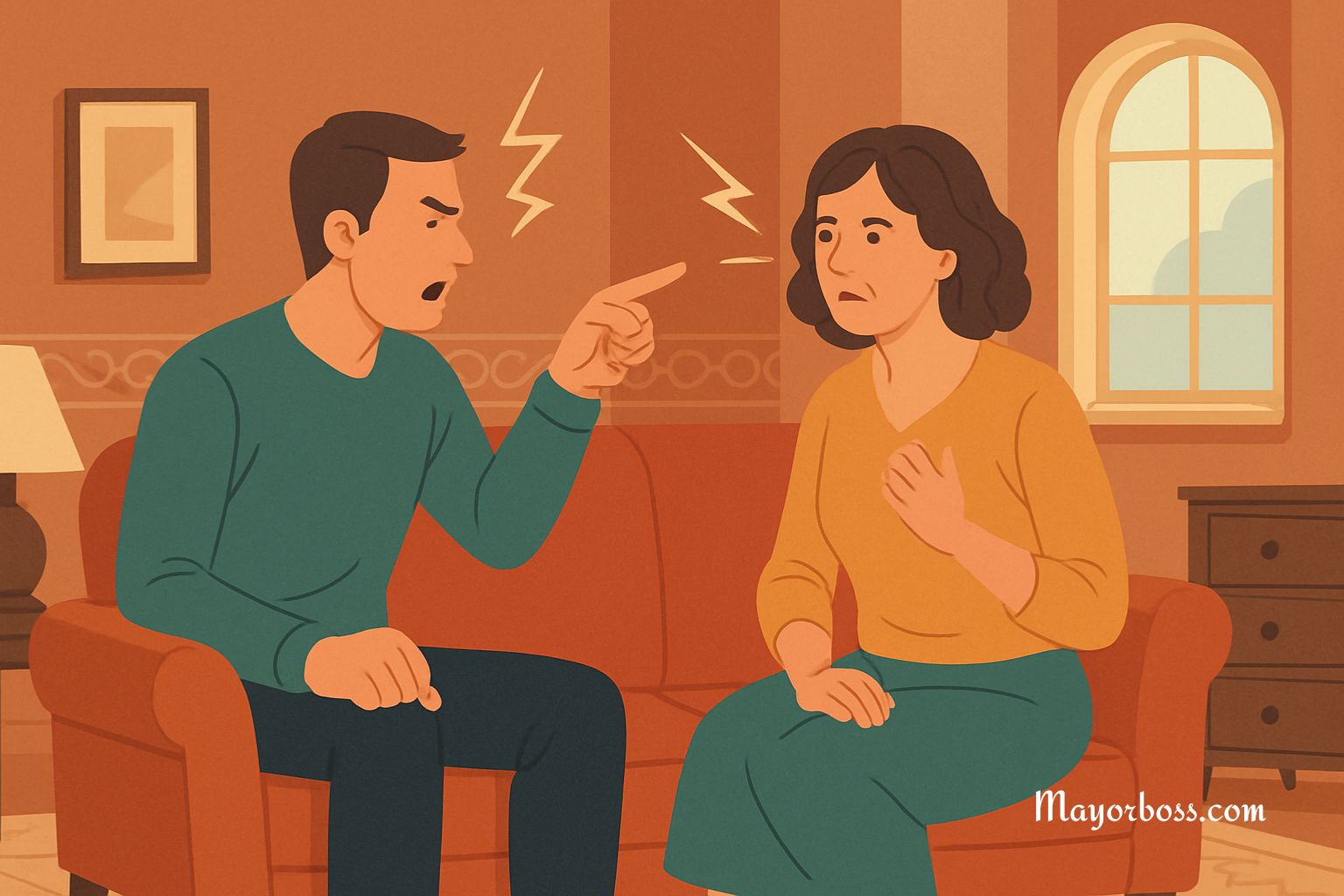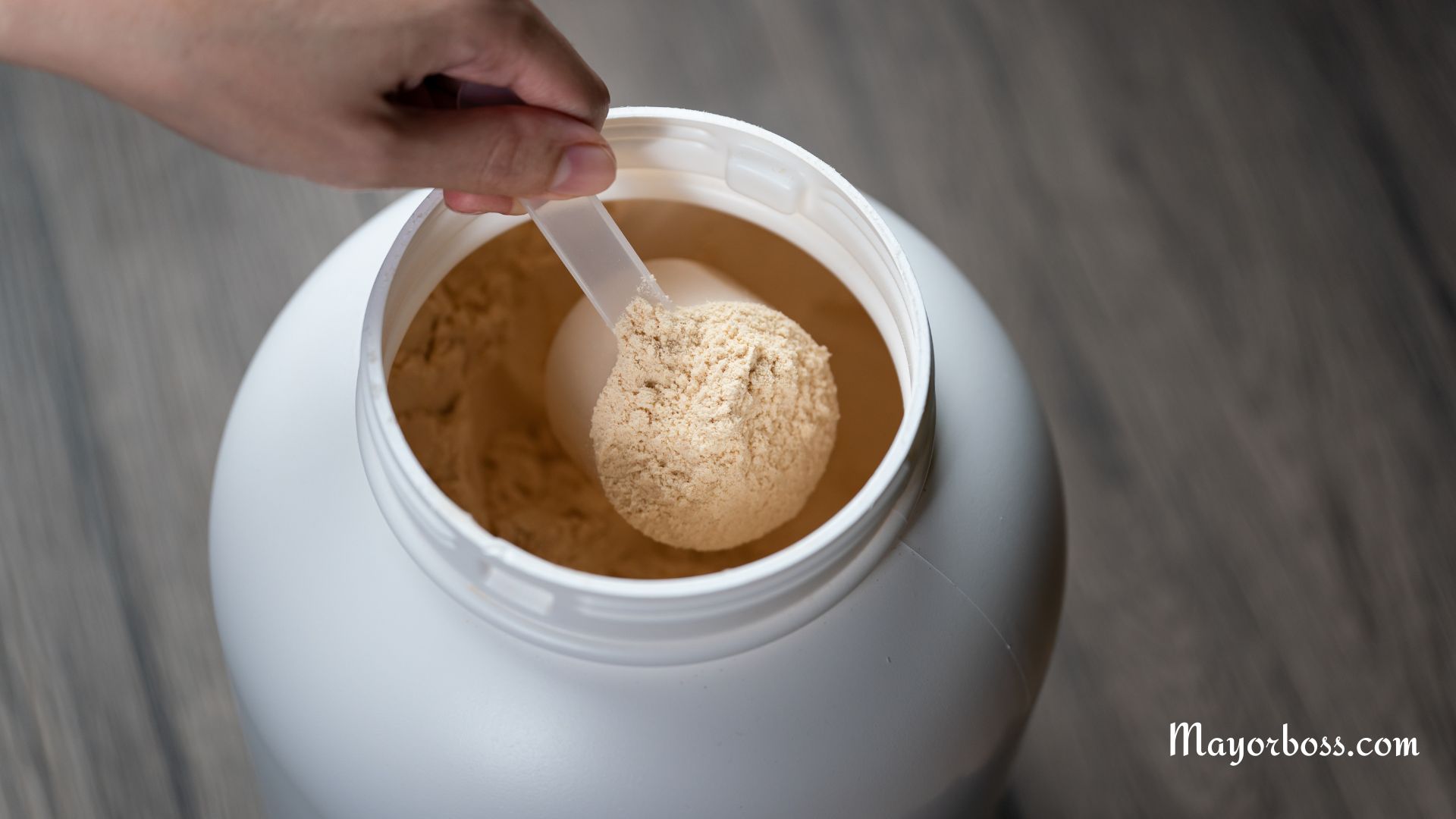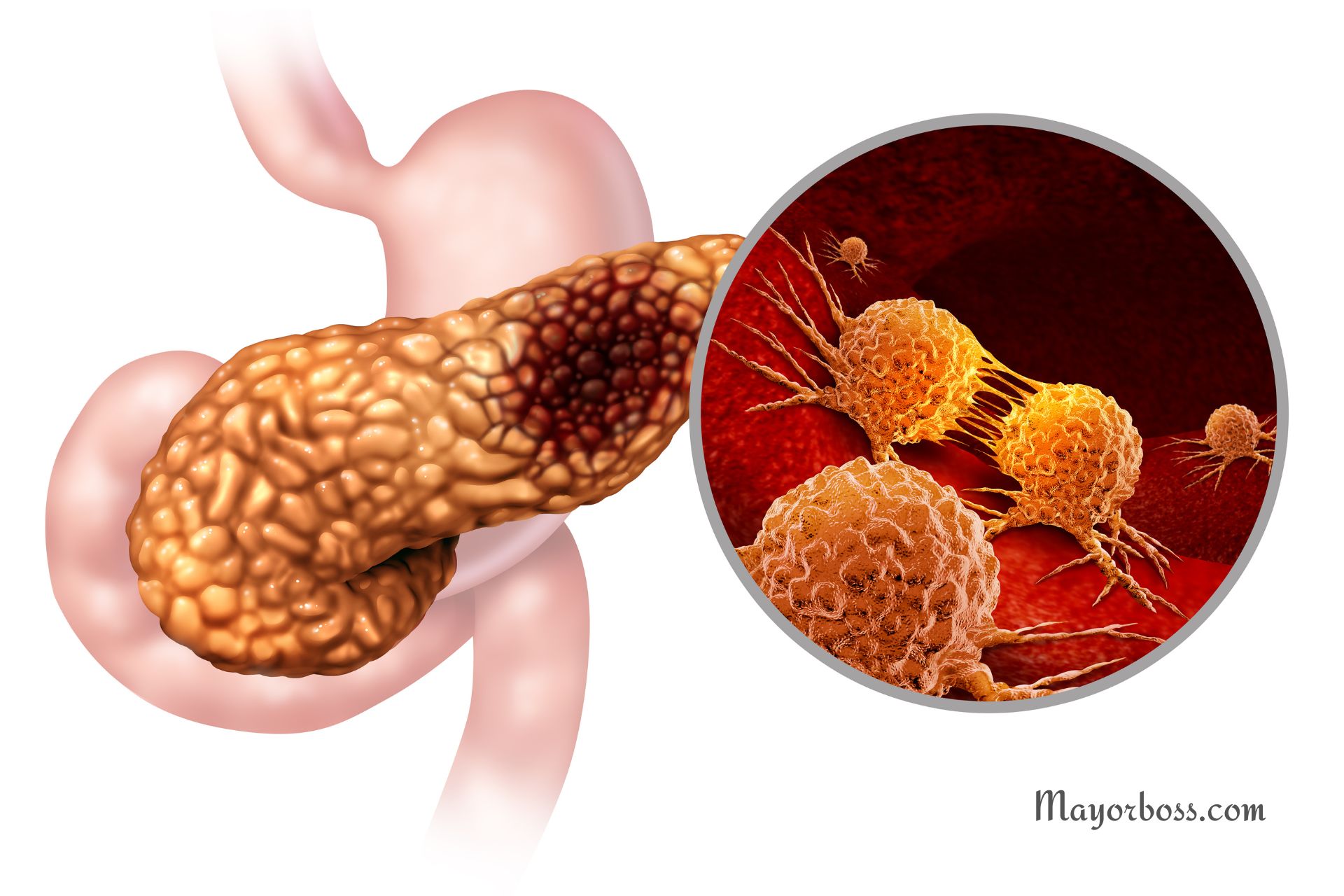4 Tips to Combat Sweating and Rashes Under the Breasts
Sweating under your breasts can be a common and uncomfortable problem for many women. It often leads to rashes and skin irritation. This condition is called intertrigo, and it happens because of moisture, friction, and warmth. These things create the perfect situation for irritation and fungal or bacterial growth. Keep reading to learn some easy steps you can take to keep the area dry and comfortable. Dr. Natalia Hapych, a certified family medicine physician, says, “It’s all about keeping the area clean, dry, and well-ventilated.” Let’s get started.
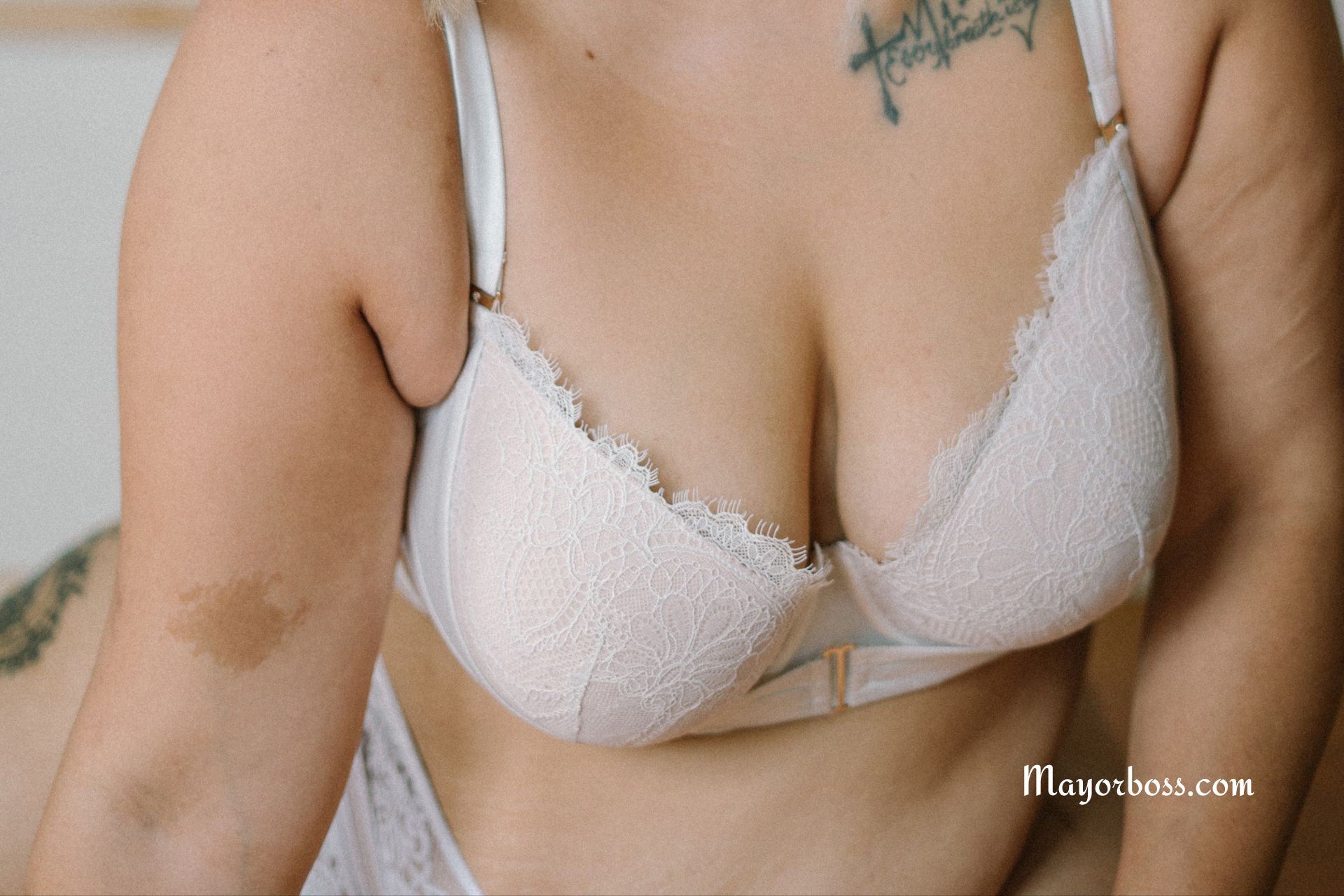
1. Good Hygiene and Keeping the Area Dry Are Very Important
One of the best ways to stop sweating under your breasts is to have good hygiene. This means washing the area every day with mild soap and warm water. This will remove sweat and bacteria that can cause irritation or infection. After washing, make sure to pat the skin dry gently instead of rubbing it since rubbing can make things worse.
Dr. Hapych says, “Keeping the area thoroughly dry is critical in preventing rashes. Make sure you dry under your breasts completely after a shower, using a soft towel.” If you need to, you can use a hairdryer on a cool setting to gently dry the area so no moisture is left behind. Moisture is the main cause of these rashes, so it’s important to get rid of it as much as possible.
2. Use Antifungal or Medicated Powder
Once the area is clean and dry, you can use a light layer of antifungal or medicated powder. These powders help absorb extra moisture and stop fungal growth, which can cause rashes.
“Medicated powders can help keep the area dry while also protecting against fungal infections,” says Dr. Hapych. She recommends looking for powders that help control moisture and have antifungal properties. Be sure not to use too much powder because it can clump and make things worse. A light dusting should be enough.
3. Wear Breathable Fabrics and Well-Fitting Bras to Reduce Sweat
Another good way to reduce sweating and rashes is by choosing the right clothes. Fabrics like cotton are breathable, which means they allow better air circulation and help reduce sweating. Synthetic fabrics trap heat and moisture, which can lead to irritation and rashes.
Dr. Hapych advises, “Opt for cotton bras and loose-fitting tops whenever possible. A properly fitted bra can also help lift the breasts, reducing skin-to-skin contact and allowing air to flow more freely.” You might also consider wearing bras without underwires, as wires can dig into the skin and make irritation worse.
If you’re at home, try going braless for a while to let the skin breathe and stay dry. There are also special moisture-wicking bra liners you can use to absorb sweat under your breasts during the day.
4. Use Barrier Creams or Ointments to Protect the Skin
Using a barrier cream or ointment can create a protective layer on the skin under your breasts. This helps reduce friction and keeps moisture out. According to the U.S. Pharmacist, products like zinc oxide cream (which is used for diaper rash) or petroleum jelly work well as barriers.
Dr. Hapych says, “Applying a barrier cream can help soothe irritated skin and prevent further damage by keeping moisture away.” She recommends applying a thin layer after making sure the area is completely dry. This creates a shield that prevents skin-to-skin contact, which can be very helpful if you often get rashes.
When to See a Doctor
If these methods aren’t working, or if the rash gets worse, becomes painful, red, or starts to ooze, it’s time to see a doctor. Ongoing or worsening symptoms could mean there is an infection that needs medical treatment, like prescription antifungal creams or oral medication.
Dr. Hapych says, “If over-the-counter treatments aren’t effective, or if the skin looks infected, it’s best to consult your healthcare provider. They can choose the best course of action and stop complications.”
Final Thoughts
Sweating and rashes under the breasts can be really uncomfortable, but with good hygiene, the right clothing, and protective steps, you can keep the area dry and healthy. Dr. Hapych points out, “Consistency in care is key. A few simple habits can go a long way in preventing these irritating rashes.” By keeping the area clean, dry, and protected, you can stay comfortable even on the hottest days.

